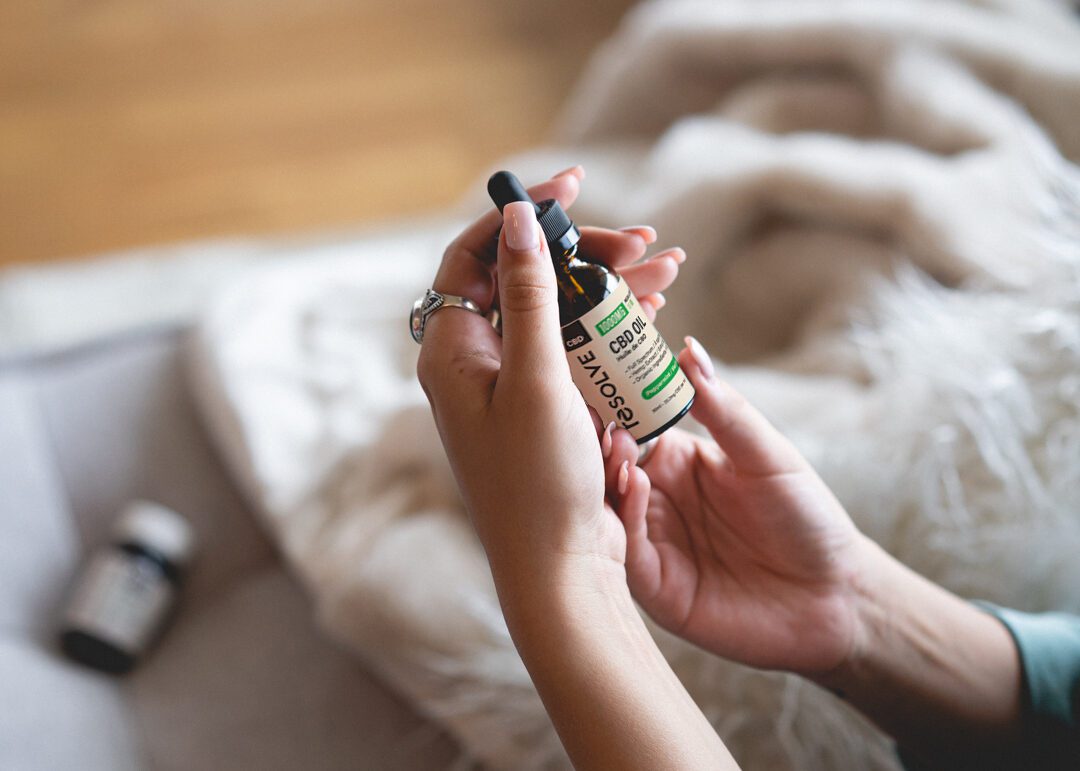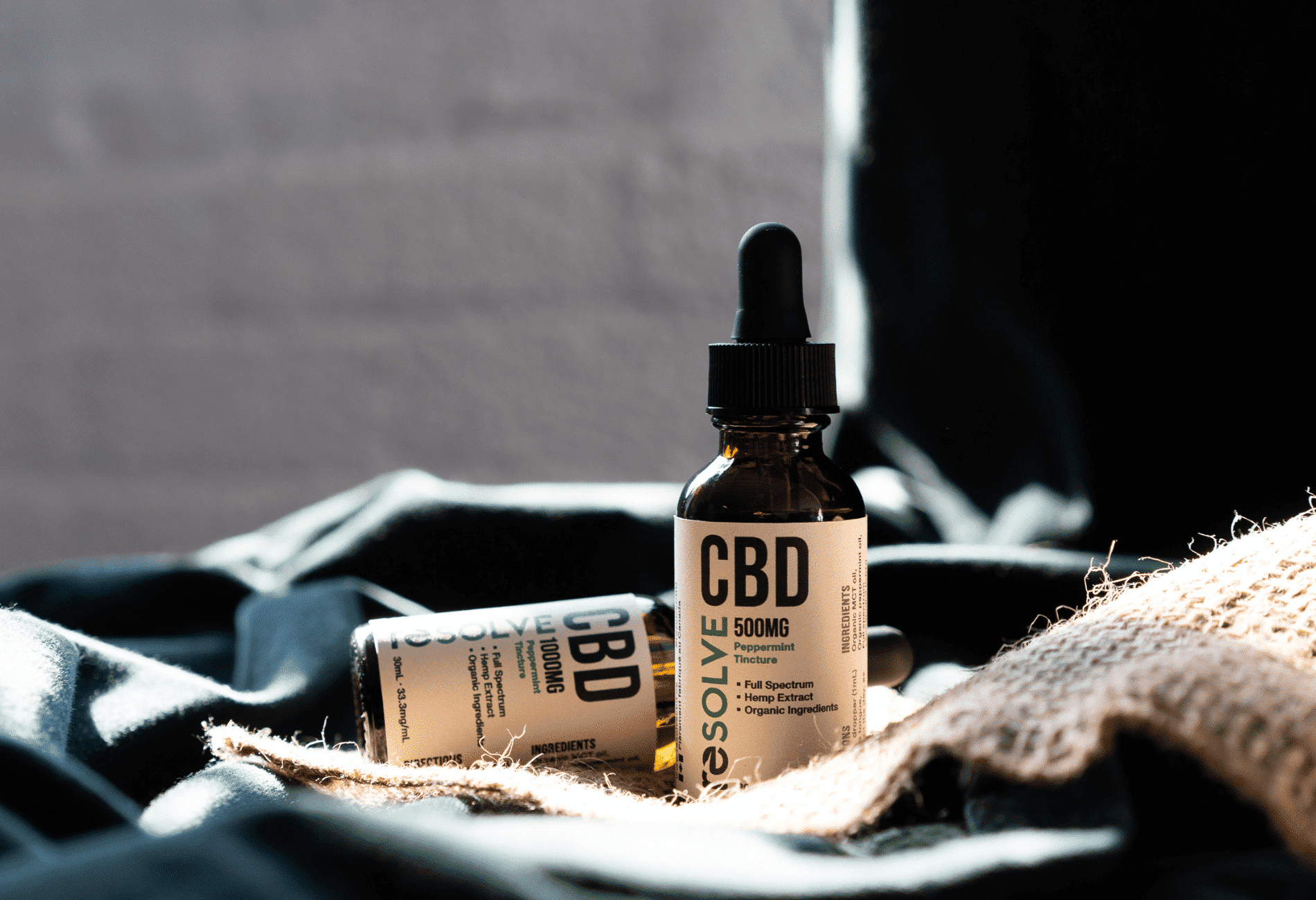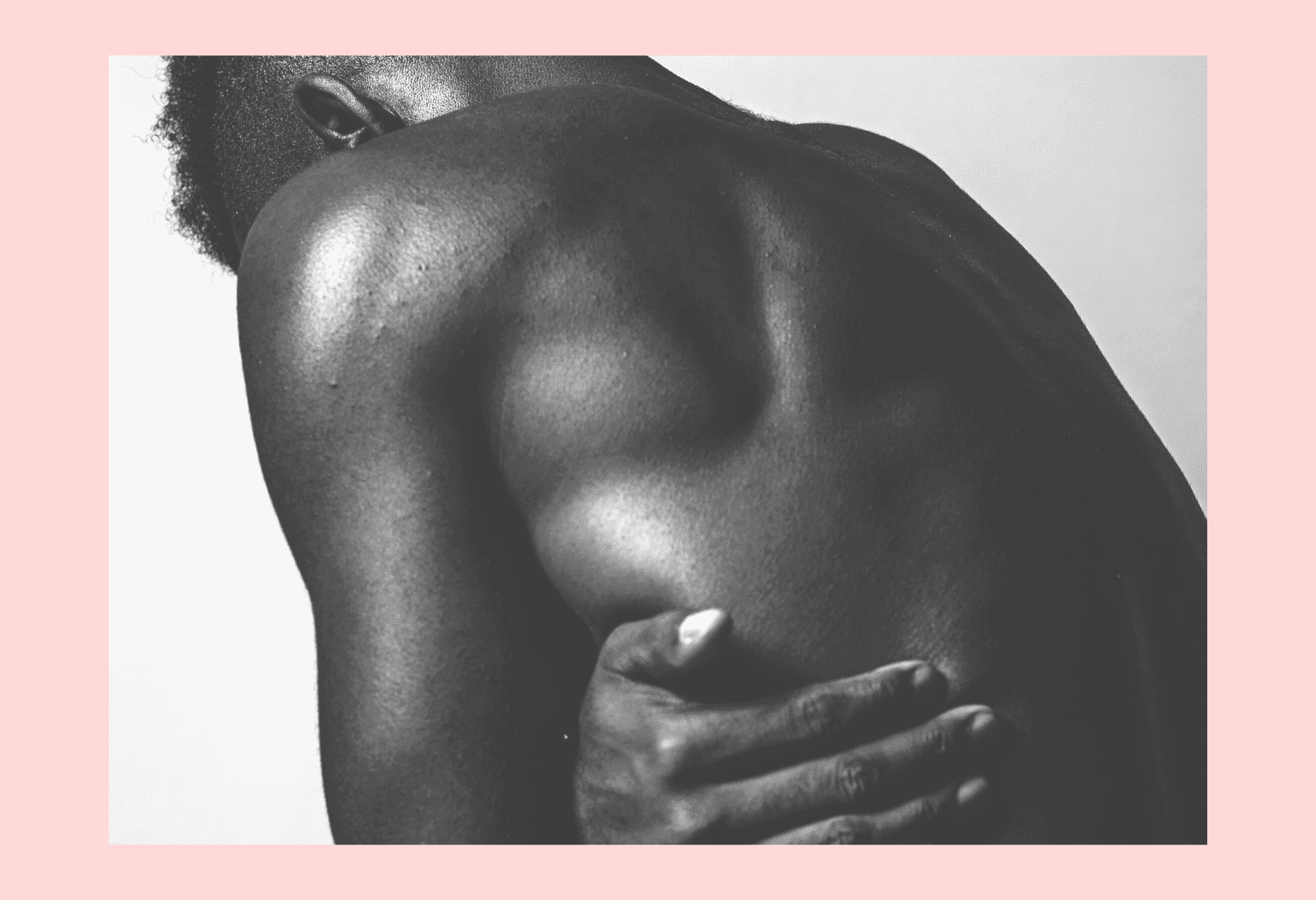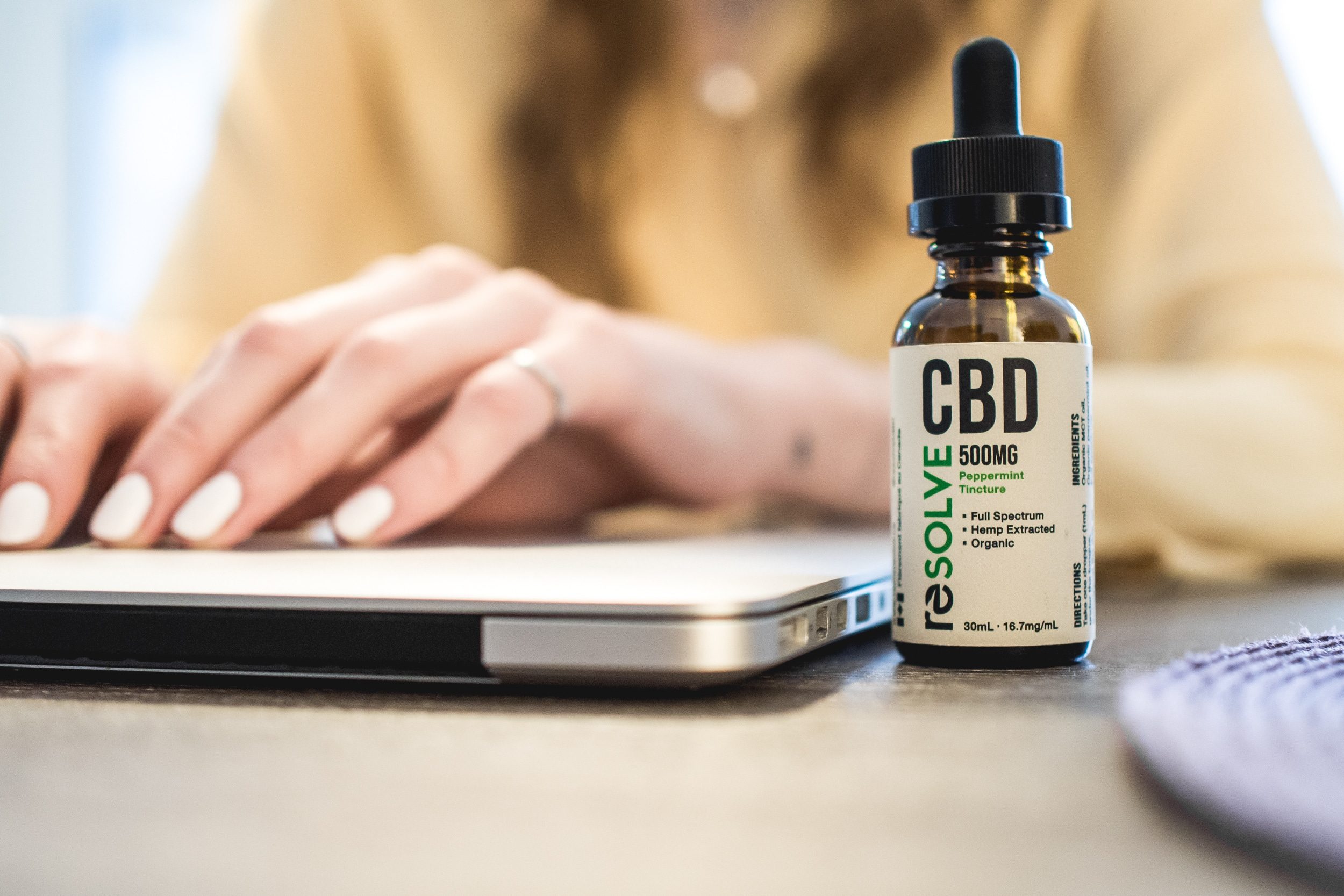Understanding CBD vs THC Ratios for Effective Pain Relief
Reading Time: 4 minutes
CBD is becoming increasingly popular among patients seeking pain relief and insomnia relief due to their health conditions. In this post, we will talk about the CBD-THC ratio for pain relief and offer insights on selecting the optimal CBD-THC ratio for pain relief.
Contents
Finding Your Perfect Blend: CBD-THC Ratios for Pain Relief
As of 2020, there are more than 560 compounds found in the cannabis plant, classified into cannabinoids, containing a minimum of 125 separate compounds that exist only in cannabis. Other compounds found in cannabis are flavonoids and terpenes, which cause a change in the odour of each cannabis plant. Now, two main cannabinoids are found in abundance in the cannabis plant, these compounds are cannabidiol (CBD) and tetrahydrocannabinol (THC).
Understanding CBD and THC Ratios
Understanding what CBD and THC ratio is ideal depends on your needs and medical profile. Some of the things that can contribute to your ratio are your weight, gender, body composition, and diet, among others. The more you are new to cannabis products, a higher CBD is usually recommended and you can adjust over time until you find the perfect combination.
But before you try to use any cannabis product, make sure to check the CBD: THC ratio. The majority of these products will have either CBD: THC or THC: CBD listed on the label, but the former is the one you should use. Reason being, if you were to use a THC:CBD ratio, it could produce some unexpected effects, like a euphoric high.
Let’s talk about the different types of CBD: THC ratios:
High CBD, Low THC (CBD: THC 20:1 or higher)
If you want a cannabis product with little to no psychoactive effect of THC, then this ratio is perfect for you. The high CBD-to-THC ratio gives you all of CBD’s analgesic properties without the feeling of euphoria. Products like these are recommended for people who are familiarising themselves with CBD or may worry about the kind of high in THC.
Balanced CBD: THC (CBD: THC 1:1)
If you desire a balanced feel for pain management, then this is perfect for you. However, this ratio is usually recommended for patients who suffer from severe pain or people with a high tolerance for the intoxication of THC. According to research, this ratio of CBD to THC may be sufficient for pain reduction, anxiety, and other health symptoms.
High THC, Low CBD (CBD: THC 1:20 or lower)
This CBD: THC ratio can be ideal for cancer patients who need a high THC dose to manage their pain. The psychoactive effects of THC have the potential to effectively relieve chronic pain.
According to National Institute of Health research, combining a small dose of THC with a much lower dose of CBD was effective in managing cancer patients’ pain. However, users should be aware that, while this ratio may be effective in pain relief, a higher THC concentration in your dosage may cause paranoia and anxiety, among other things. It is best to start with a lower dose and gradually increase as recommended or required.


CBD: THC Ratio of 10:1
A moderately high CBD to low THC ratio may relieve mild to moderate pain without intoxication. This ratio is recommended for daytime workers who need a product to relax and manage pain. It is advisable to proceed with caution, especially for THC-sensitive people or those concerned about its psychoactive effects.
Broad-Spectrum CBD: THC ratio of 2:1
This ratio includes a variety of cannabinoids and terpenes from the hemp plant, with the notable exception of THC. This alternative presents a diverse array of important compounds, adding to its effect without introducing THC. For instance, using our full-spectrum CBD Oil has the potential to deliver adequate pain relief without subjecting patients to the intoxicating effects of THC.
CBD: THC ratio of 50:1
A CBD: THC ratio of 50:1 means the product has 50 times more CBD than THC. Given its extremely low THC content, this composition is preferred by those seeking to avoid THC’s psychoactive effects. CBD strains with a 50:1 ratio may relieve symptoms of PTSD, anxiety, and opioid use disorder.
For those seeking quality products, consider our organic, hemp-derived selections such as our CBD Gummies, CBD Capsules, CBD for Sleep, and CBD Topicals for reliable and effective options.
Final Takeaways
In conclusion, navigating the world of CBD and THC can be overwhelming, especially for new consumers. It’s important to understand the effects and benefits of both CBD and THC. Understanding the distinction between CBD and THC is critical when using them for pain, anxiety, sleep, or wellness. Consult your doctor to develop a safe and effective pain relief plan that meets your specific needs. Finding the right balance is critical to pain management and overall health.
This guide aims to help you in finding the right CBD THC mix, and understanding the optimal CBD THC ratio for pain. Whether it’s for chronic pain or general health, a well-informed choice can lead to better health outcomes and a more positive experience with CBD and THC.
FAQ:
What is the most effective way to use CBD for pain management in Canada?
Consider your lifestyle and pain relief needs, as CBD’s effects vary. Familiarise yourself with options like CBD oils, CBD creams, and CBD edibles, and consult a healthcare professional before using it for pain relief and into your routine.
Does my weight affect how much CBD I should use for pain?
Yes, heavier individuals might require higher doses for effective pain relief. Check out our short quiz to help you quickly and easily figure out how much CBD to take, and which CBD product is right for you.
DISCLAIMER: Information and products presented by resolveCBD are not intended to diagnose, treat, cure, or prevent any disease or ailment, nor is it intended to be a substitute or alternative for professional medical advice. Always consult with a licensed professional regarding medical treatment or possible interactions with prescribed drugs. Products are intended to be used as directed, by individuals who are 19 years of age or older.



















